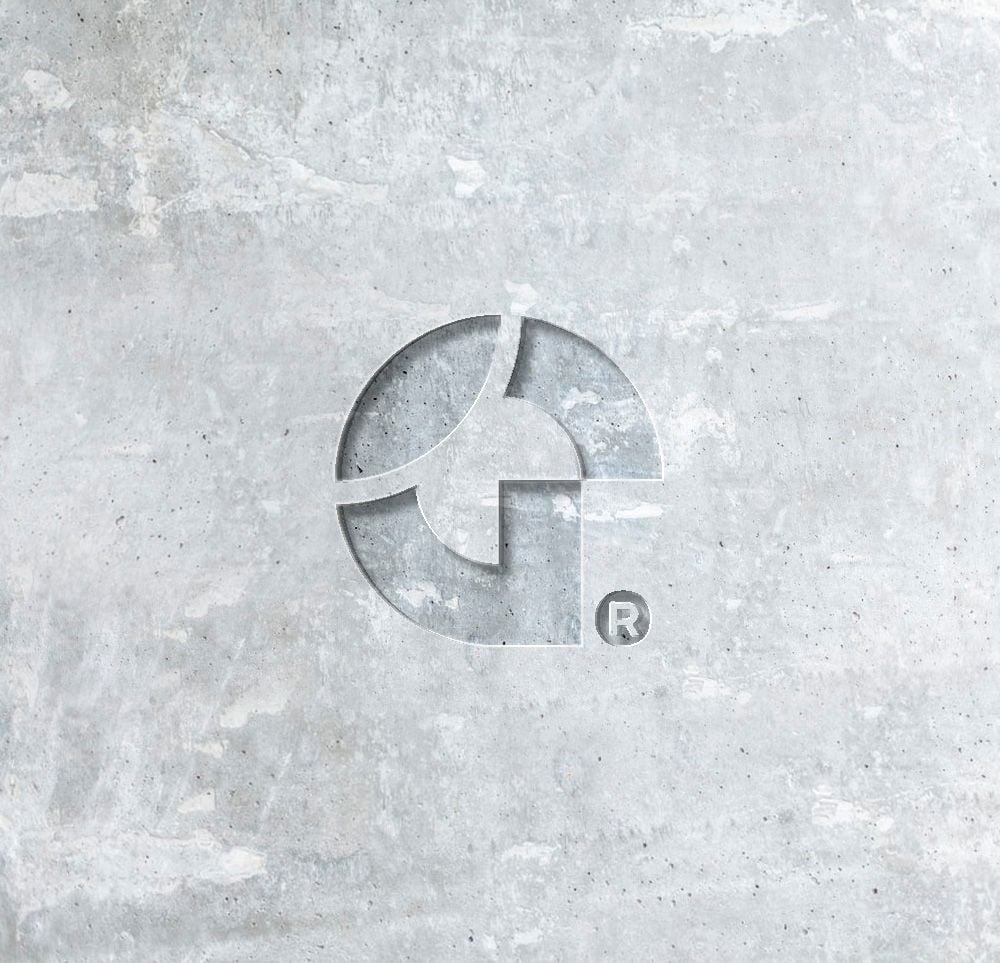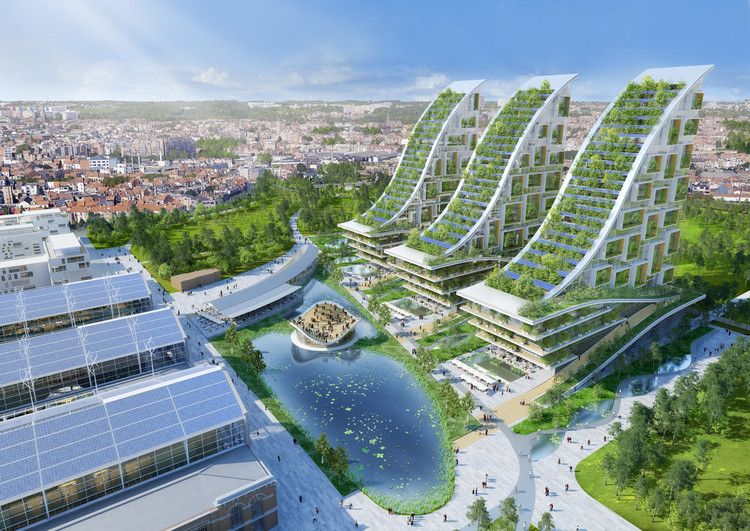Subscribe to the latest news
Sign up to receive updates on sustainable solutions and low-carbon materials from Betolar.
Geoprime is the secret recipe for reducing CO2 emissions. Learn more

View a video
I want to reduce the CO2 footprint of hollow-core slabs and other construction products
.jpg) Discover
Discover
I want to reduce the CO2 footprint of my landscaping and infrastructure concrete products
_lr.jpg) Discover
Discover
Press releases, company releases and management transactions
Articles
Success cases from our customers
Upcoming and past events
Learn more about our story and Betolarians
Interested in working at Betolar?
Become one of our trusted partners
Fill a form to contact us and we'll get back to you
Betolar careers
Reckon you are just the forward thinking professional we are looking for? Let us know about you!
Check available job positions
Check available job positions
Interim report
Check the webcast recording of our Q3 Business Review
View webcast
View webcast
Betolar
24.4.2022

What can we learn from the latest IPCC report in regard to climate change's impact on cities? The IPCC report was published on April 4th 2022.
While the vulnerability of biodiversity is flagrant in the latest IPCC report, this time it has also a strong focus on cities and other urban areas. The majority of people live and work in cities and their quality of life will inevitably be affected by climate change. For this reason, cities and urban areas are also hotspots for actions taken in the adaptation and mitigation of climate change.
Globally, it is estimated that billions of dollars in investment will be needed in the coming years to replace, upgrade and expand the world’s ageing physical infrastructure. This is an opportunity and a must to ensure that this new investment is carbon neutral and helps to mitigate the risks of climate change.
From an architectural point of view, there is a need to design climate-responsive buildings that can adapt to the changing climate and ensure user comfort during extremes of hot and cold and flooding. At the same time, the infrastructure needs to be climate-friendly - with zero emissions from the materials and construction, as well as buildings should include new features such as green roofs and facades for better insulation and water harvesting.
A good example of this new era of sustainable architecture is Paris-based archibiotech Vincent Callebaut who designs with the future in mind. His green projects combine bioclimatic rules such as solar cycle and prevailing wind directions, renewable energy technologies in the form of wind turbines, thermal and photovoltaic solar energy, rainwater recycling, geothermal energy, biomass, and up-cycling of bio-sourced materials.
Concrete has an important role as a solid and durable material that will be needed in hardening the assets to prepare for storms and flooding. Before concrete would have been a controversial material as cement production alone accounts for about 7% of the world's carbon dioxide emissions. Fortunately, today the future of concrete looks much brighter and low in carbon.
At Betolar we have invented a way to reduce the construction industry’s carbon footprint significantly and in an economically feasible way. Geoprime® is a recipe and a solution that enables us to create cement-free construction materials out of industrial side streams. The solution’s durability and strength are comparable to cement-based products – yet have up to 80% smaller carbon footprint. Our team of scientists are constantly testing different kinds of industrial side streams and recipes to create optimal solutions.
In Europe, we have recently announced commercial partnerships with four concrete manufacturers: Belgian Tubobel, Danish IBF, Finnish Ja-Ko Betoni and German FC Nudling who will start the production of Geoprime products in their markets.
Outside of Europe, our first Indian partnership is with sustainable housing firm TARA, whose goal is to develop alternative and sustainable models for rural development, democratizing construction from the bottom up ‒ which, in fact, is an area that the IPCC report puts a high emphasis on.
With the green transition, companies who can offer concrete with an 80% smaller carbon footprint while increasing circularity by using local industrial side streams, will be the winners ‒ along with our planet.

Sign up to receive updates on sustainable solutions and low-carbon materials from Betolar.